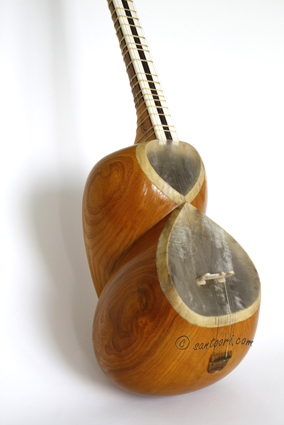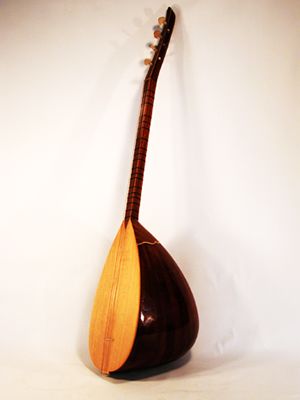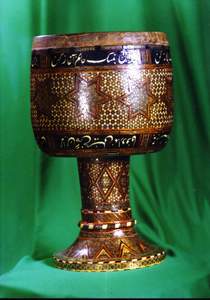Am 5. August erscheint bei ECM die CD „Music of Georges I. Gurdjjieff“, die Gruppe nennt sich schlicht THE GURDJIEFF FOLK INSTRUMENTS ENSEMBLE: die dort gespielten Instrumente sind hier abgebildet (natürlich nur der Typus, nicht das exakte Exemplar): duduk, blul, kamancha, oud, kanon, santur, tar, dap, saz, tombak, dumduduk. Bei den Salzburger Festspielen bekommt man solche Klangkörper nicht zu Gehör. Ausführlich stelle ich diese CD in den Klanghorizonten des Deutschlandfunks am 29. August 2011 vor. Es ist die Musik, die ein wyndernder Mystiker auf langen Reisen sammelte, weit entfernt von dem esoterischen Raunen, das zur Requisistenkiste pseudomystischer Sounds zählt und nicht zuletzt durch Bollywoods und Hollywoods Soundtrackschmieden ziemlich abgenutzt ist.
Tigran Mansurian schreibt dazu: „What appeals most to me in Levon Eskenian´s instrumentation is the extreme meticulous, clear cut work approach without unnecessary „composing“ and „cleverness“ – when in the wilderness of silence the tiniest intervention is done with sound, which is very characteristic of Gurdjieff´s works. There is deep silenceat the core of this music that relates us (…) to the truths told of deep silences from faraway lands, a stillness tha thas not been darkened at all, and has a degree of density that leaves the Gurdjieffian silence immaculate“.








